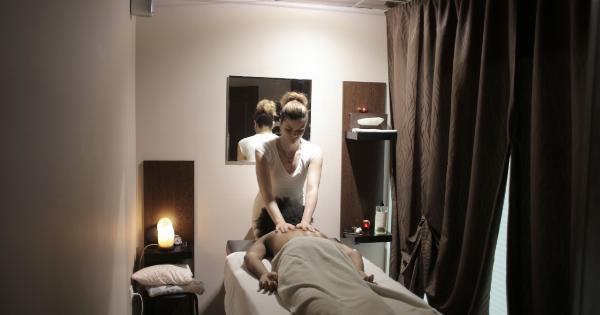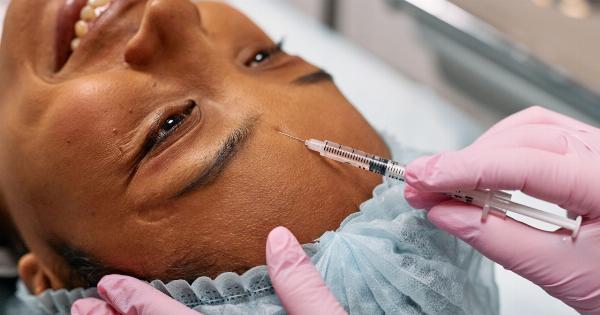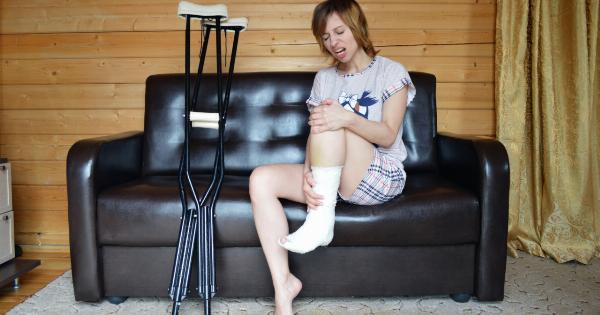Anterior Cruciate Ligament (ACL) injuries are common among athletes, particularly those who engage in sports that involve jumping, sudden stops and changes in direction, such as basketball, soccer, football, and skiing.
ACL injuries can also occur as a result of trauma, such as a car accident, fall or collision. Non-surgical treatment options can be effective in treating ACL injuries in certain cases.
What is an ACL Injury?
The Anterior Cruciate Ligament (ACL) is a crucial ligament that connects the thigh bone to the shin bone in the knee joint.
Its primary function is to provide stability to the knee joint and prevent the shin bone from sliding forward in relationship to the thigh bone. An ACL injury can occur when the knee is subjected to a force that causes the ligament to tear or stretch beyond its capacity, resulting in pain, swelling, and instability.
Non-surgical Treatment Options for ACL Injuries
Non-surgical treatment options for ACL injuries can be effective if the patient has mild to moderate symptoms and a stable knee joint. Non-surgical treatment options include:.
Rest and Activity Modification
Rest and activity modification are the first line of treatment for mild to moderate ACL injuries. This involves avoiding activities that may exacerbate the injury, such as jumping, running, and pivoting.
Patients may also need to use crutches and wear a knee brace to help support the joint and limit movement. Rest and activity modification can help reduce pain and swelling and allow the body to heal naturally.
Physical Therapy and Rehabilitation
Physical therapy and rehabilitation are essential components of non-surgical treatment for ACL injuries.
Physical therapy can help restore strength, flexibility, and range of motion to the knee joint, reduce pain and swelling, and improve overall function. Rehabilitation may involve exercises such as range of motion exercises, strengthening exercises, balance and stability training, and proprioceptive training.
Non-steroidal Anti-inflammatory Drugs (NSAIDs)
Non-steroidal anti-inflammatory drugs (NSAIDs) can help reduce pain, swelling, and inflammation associated with ACL injuries. NSAIDs are available over-the-counter and include medications such as ibuprofen and naproxen.
Patients should follow the dosing instructions carefully and speak with their doctor before taking any new medications.
Injections
Injections can also provide relief for ACL injuries. Corticosteroid injections can help reduce pain and inflammation in the joint, while hyaluronic acid injections can help lubricate the joint and promote healing.
However, patients should speak with their doctor before receiving any injections and weigh the risks and benefits carefully.
Bracing
Bracing can help support the knee joint and limit movement, reducing pain and promoting healing. Patients may need to wear a brace for several weeks to several months, depending on the severity of their injury and their overall condition.
There are a variety of braces available on the market, including prophylactic braces, functional braces, and rehabilitative braces.
When is Surgery Necessary?
Surgery is often necessary for patients with severe ACL injuries or those who are highly active or rely on their knees for their livelihood, such as athletes.
Surgery involves reconstructing the torn ligament with tissue from the patient’s body or a donor and often requires a lengthy recovery period and specialized physical therapy. However, surgery can restore stability and function to the knee joint in many cases and allow patients to return to their normal activities.
Conclusion
Non-surgical treatment options can be effective in treating ACL injuries in certain cases.
Rest and activity modification, physical therapy and rehabilitation, NSAIDs, injections, and bracing can all help reduce pain and inflammation and promote healing. However, surgery may be necessary in severe cases or for highly active individuals. Patients should speak with their doctor to determine the best course of treatment for their individual situation.

























